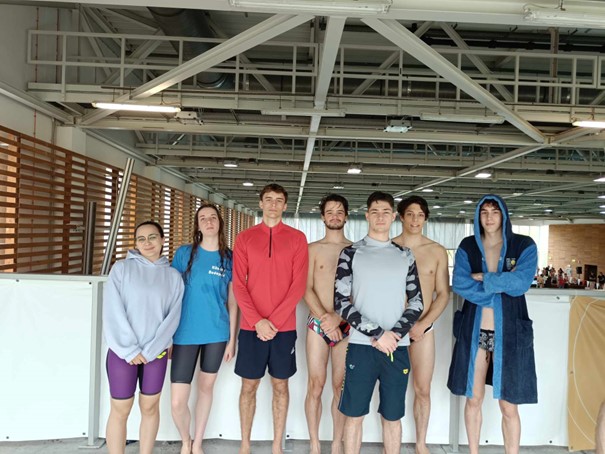On the way to senior leadership – how can a mentor help you achieve your goal?
Edit Bartha and Péter Verebélyi were colleagues for many years at a multinational company. Edit applied for admission to the Corvinus Executive Master of Business Administration (MBA) programme on Péter’s advice, and Peter continued to be her mentor throughout her studies. When should you recommend EMBA training to a mentored colleague, what aspects should you consider when choosing from the programmes available on the market, and how can a mentor support the mentee in completing the programme leading to senior management positions? These were some of the questions we discussed with Edit and Péter.
More








